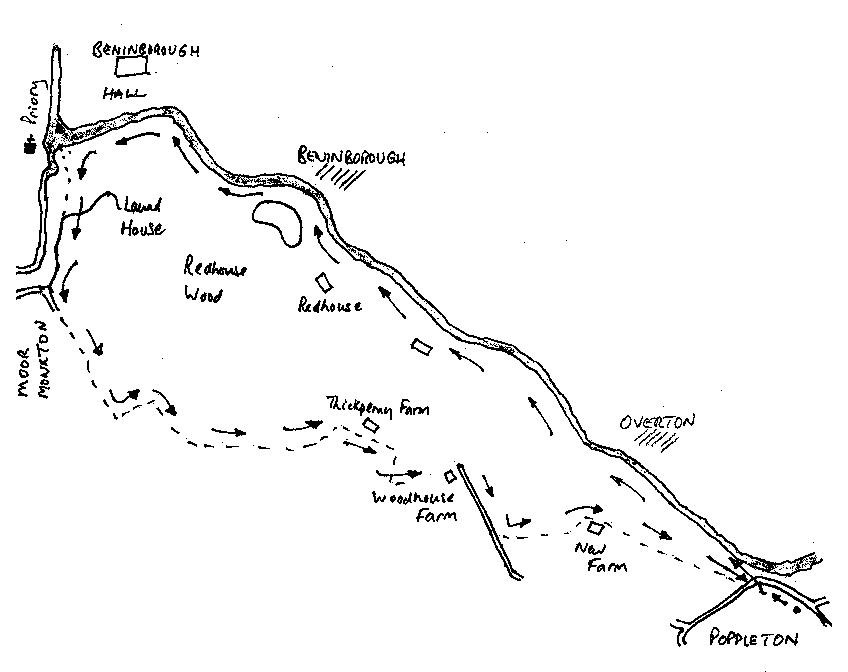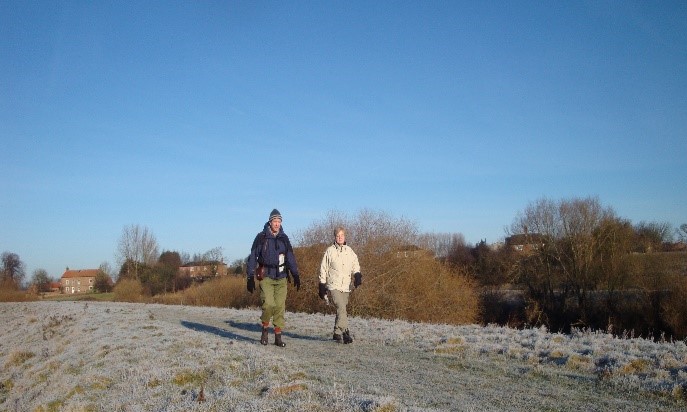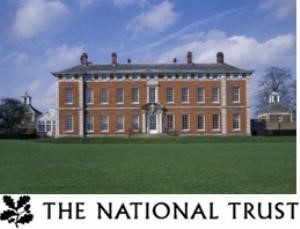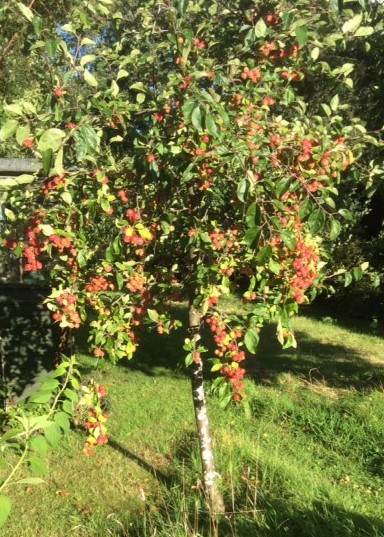Health Walks: Further afield
 Here’s a longer walk to extend your pandemic exercise beyond Dunnington. Taken from the booklet 10 on 10 available from Dunnington Newsagents, it begins at the end of the route of First York bus number 10 in Poppleton. It’s 8 miles, but with lots of nice picnic sites to break up the exercise.
Here’s a longer walk to extend your pandemic exercise beyond Dunnington. Taken from the booklet 10 on 10 available from Dunnington Newsagents, it begins at the end of the route of First York bus number 10 in Poppleton. It’s 8 miles, but with lots of nice picnic sites to break up the exercise.
10 Poppleton: along the Ouse to Moor Monkton and back
A stroll along the banks of the Ouse and back through Moor Monkton and a series of farms.
Start: the Nether Poppleton terminus of the no. 10 route, just outside the Lord Nelson pub.
Walk down the road and go through a small parking area on the right to join the river. Then it’s a straightforward walk along the river for 3½ miles, admiring the flat but constantly changing landscape. If in doubt, keep as close to the river as possible.
You will soon see the small village of Overton on the opposite bank.
Cross a beck and after a mile see on your left the Red House, a grand old building with a Victorian façade, where Charles II is reputed to have stayed in 1633.
The village of Beningbrough appears across the river, followed by the exquisite Georgian mansion Beningbrough Hall.
Here the river Nidd joins the Ouse from the left. The triangle formed by the junction is a beautiful expanse (good for a picnic), with views of both rivers, the Hall and the 0ld Benedictine Priory opposite.
Turn left towards Moor Monkton, through a gate and on to a track towards Moor Monkton. The walk continues along its east side, soon petering out onto a track.
½ mile from the village, turn left following a small dyke until you reach a small wood on your left. Turn right along the hedge, cross a track and after just under a mile pass Thickpenny Farm on your left.
Follow the angle of the field to the right, then turn left along an ill-defined track to the right of the farmhouse. This takes you over a stile and a beck to cross a field leading to the right of Woodhouse Farm. Turn right on to Blue Tit Lane (you may see some) and after 400m follow the signposted path left.
Follow the waymarked path around New Farm and take the straight path for nearly half a mile back to Poppleton.
At the road turn left and you will soon be home again.

 Off the main road
Off the main road
The villages seen or approached on this walk have the advantage - for most people - of being some distance off the main road. Upper and Nether Poppleton, Beningborough and Beningbrough Hall, Moor Monkton and Nun Monkton, and especially Overton. They all still have a village feel to them, yet are close to bustling York.
 Beningbrough Hall
Beningbrough Hall
A splendid example of early Georgian architecture, the Hall is now owned and run by the National Trust. The gardens and house between them offer a range of experiences, including a fully equipped Victorian laundry and a working walled garden which supplies the restaurant. The seven art galleries are run in partnership with the National Gallery.
http://www.nationaltrust.org.uk/main/w-beningbroughhallandgardens
Special branches - The crab apple
 The crab apple is one of many trees with magic properties; it is said to protect us from evil spirits, and Shakespeare was sufficiently superstitious to include it in the more mystical parts of A Midsummer Night’s Dream.
The crab apple is one of many trees with magic properties; it is said to protect us from evil spirits, and Shakespeare was sufficiently superstitious to include it in the more mystical parts of A Midsummer Night’s Dream.
The Celts burnt its wood in fertility rites and festivals. Crab apples have long been associated with love and marriage. It was said that if you throw the pips into the fire while saying the name of your love, the love is true if the pips explode.
The Latin name for the crab apple tree is Malus Sylvestris, of which malus means ‘bad’. Although the Bible doesn’t tell us the species of tree whose fruit Adam and Eve ate, it is often assumed that it was the apple. From this, one legend has it that the crab was the ‘bad’ tree which was thrown out of the Garden of Eden as a punishment, and so the tree is small and has bitter fruit. However, you only have to look at its beautiful white and pink flowers in the Spring, and taste the wonderful jelly which can be named from the fruit, to realise that the story of the Garden of Eden is not all gloom. Try making some this Autumn.
